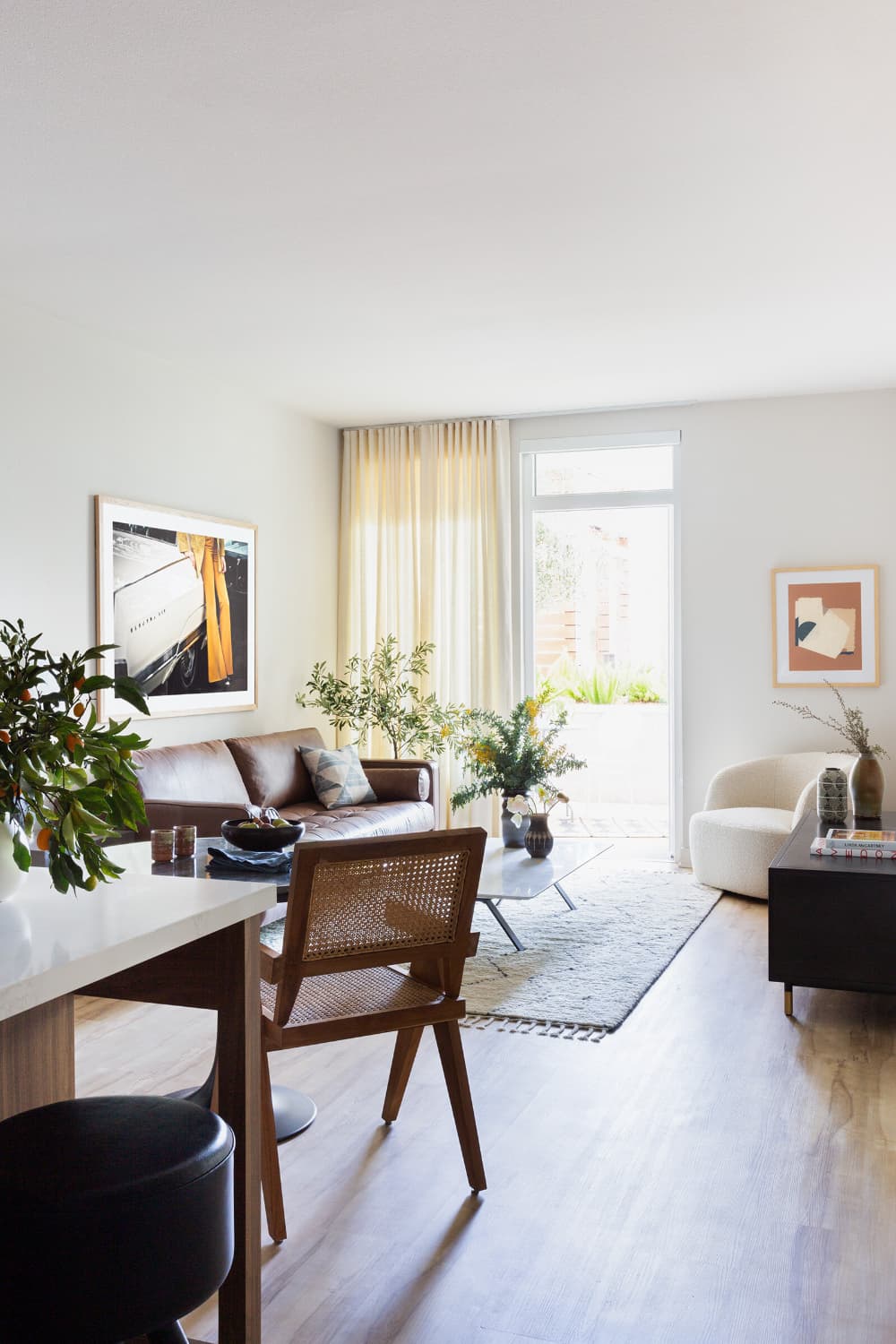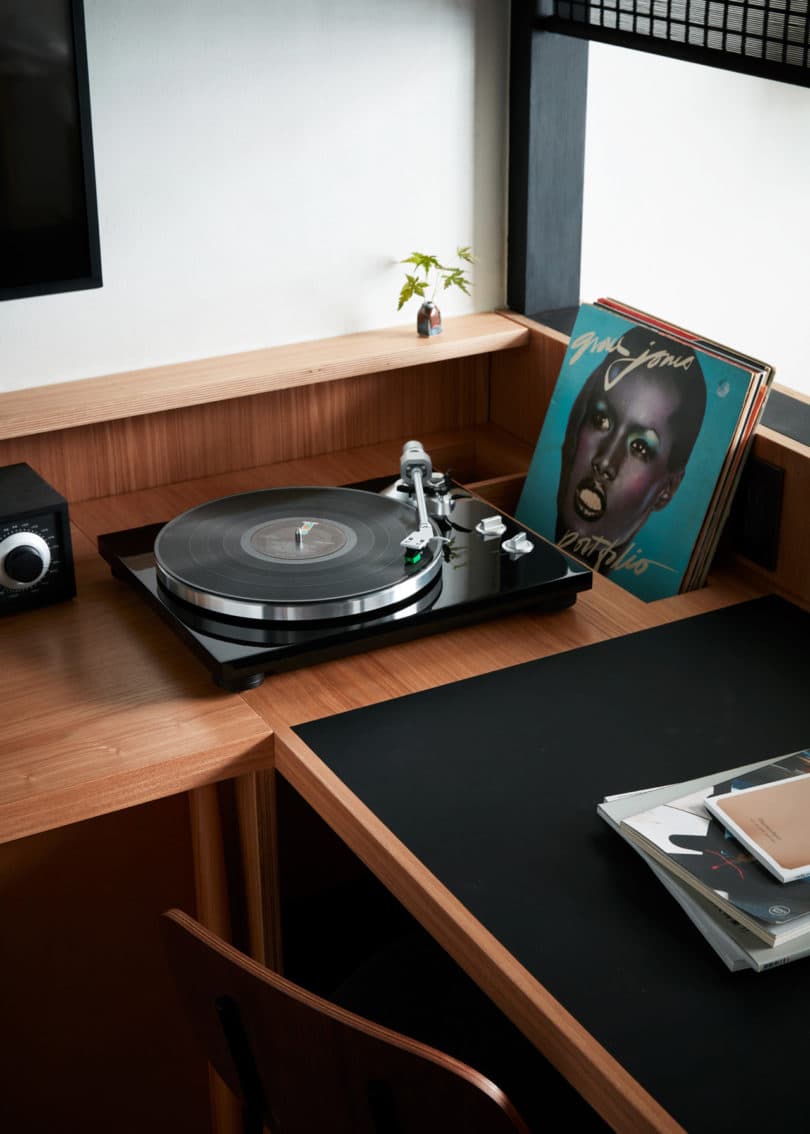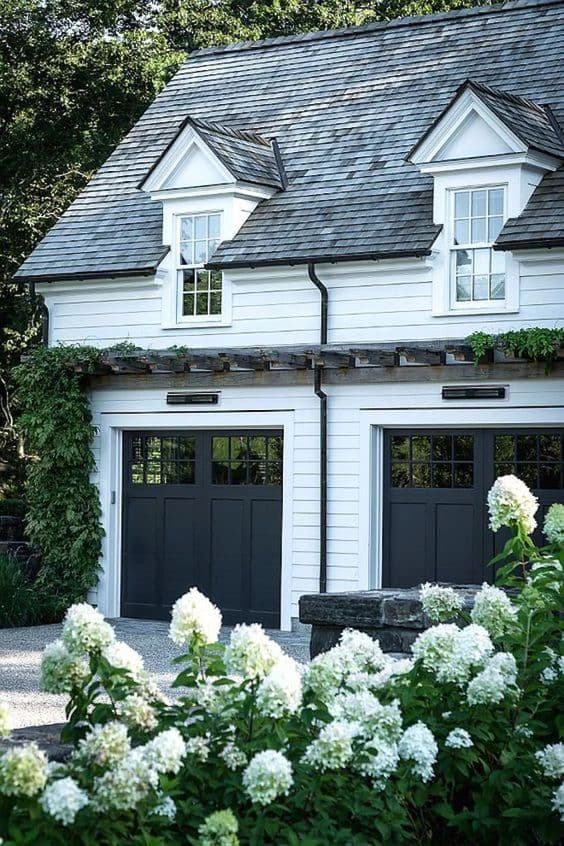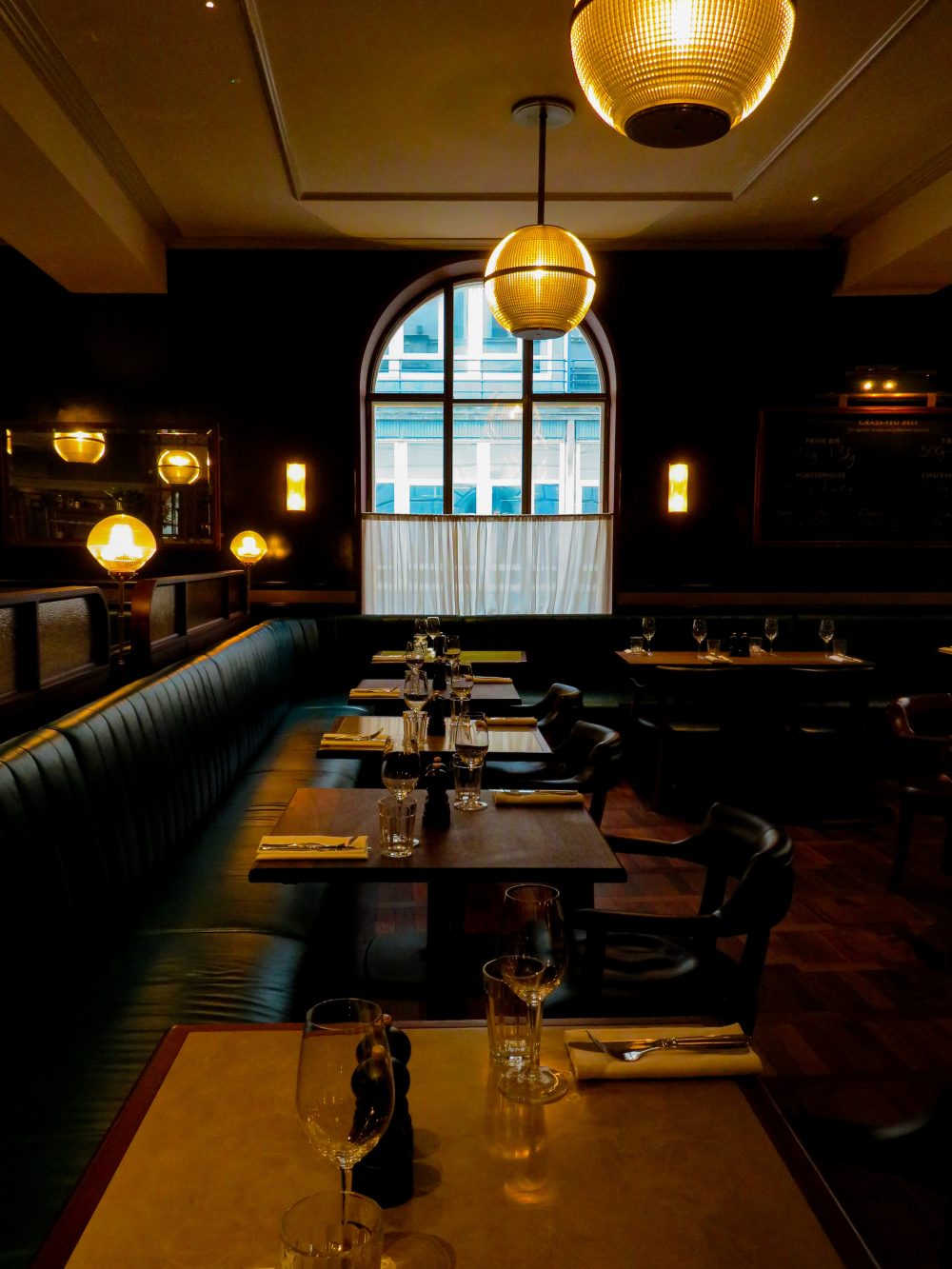Turning Your Garage Into Real Space For The Home
Transform the outside of your into a serene and stylish outdoor living space that reflects your personal style.

Any designer would tell you that some of their best ideas come from the things they’ve seen over the years and have inspired them creatively: travelling from city to city, through architecture, on catwalks, in museums, or art galleries. Taking inspiration from what’s around us can do more in terms of understanding our own style, and what makes us tick, than flicking through a magazine would–which too can influence what we like but rarely does this tell us exactly why we like it.
In our experience, interior design shares the same narrative. We take, shape, and mould what we love and bring it in to our homes to change the dynamics completely to create a space that reflects your taste, style, and personality. When it comes to interior design, the layering of what makes up the most prominent of styles we know about today–contemporary, eclectic, Scandinavian, and farmhouse to name a few–either makes us want to embody the look entirely or take elements of it to create our own.
It’s been decades since mid century modern hit the shelves and transformed the way we look at design, as much as it changed the way we designed our homes. Its history deep in experimenting with manmade materials including plastic, plywood, and aluminum encouraging designers to take an innovative approach to how furniture could be designed to what we needed (functionality) and inline with what we wanted (style). Mid century modern paved the way for beautifully designed buildings, furniture and decor inside our homes.

During the same time mid century modern designers were sought after in most homes, the rise of Scandinavian design too became popular. Best known for it’s sleek, clean, and minimal designs Scandinavian interiors shows off the stylish nature of nordic countries; no fuss but always functional and extremely sleek. Similar to mid century modern, Scandinavian interiors took a leaf out of nature’s book made sure to bring the outside through the colours and materials used.

Now, what makes Japandi different to Scandinavian interiors? It’s the fact that the style merges the modern and simplistic aesthetics of Scandinavian design with Japanese philosophy. The perfect fusion when it comes to design and a way of living. Japandi is grounded in Wabi-Sabi philosophy; to embrace the perfection of imperfection and looks to organic materials to bring natural elements indoors.
While at the same time, focuses on light, neutral colours, and textures that nordic regions get right every time when it comes to creating those special ‘hygge’ moments. The synergy has caught the attention of many, and it’s no surprise considering how well the two styles–and philosophies–go together when balanced out.
The concept of bringing styles together is catching on–for many, taking a bit of this here to mix with a bit over there helps to make a home feel like it’s got their own stamp on it. It was the principles that lay the foundation of mid century modern design and the philosophies that heighten the feeling of a calm, zen room of Japandi interiors that got us thinking… What happens when you connect the two?

Naturally, mid century modern is eclectic and artistic. The colour palette, patterns, and materials invite you to mix things up, and add a retro look to the space. Whereas, Japandi interiors emphasises the importance of creating a calming and zen space; where every item is intentionally placed to create a type of setting, and works in harmony with neutral tones and natural materials. The contrast of the styles when placed together isn’t lost on me–you’d be forgiven if you thought trying to bind the two sounds quite odd. Yet, the opposite is true.
Mid century modern has been widely adopted because natural elements are a key component to what makes the style work. There’s an appreciation towards the impact of our environment. Likewise, the dark wooden tones are often found in classic mid century modern designs–you only have to take a glance at the vintage G Plan sideboards and the frame of an Eames lounge chair as examples. While they may seem two worlds apart, their similarities have sparked our interest for a while and has increasingly pushed our own interior style at nook & find into carving out an evolution of the two style to become one.

In my experience, most of us that love mid century modern or Japandi tend to love the other too. Making choosing one or the other all the more difficult, and in some case a challenge to commit too. When decorating your own home whether starting afresh or building on what you’ve already got, luckily, you don’t have to if you go down the route of intentionally bringing the two styles together.
Mid-Japandi is a style we’ve augmented to show it’s possible to blend the best elements of mid century modern–colours, materials, and stylish aesthetics–with the ethos and sleek design Japandi has to offer. In sure a way that it respectful to the philosophies and principles surrounding mid cenutry modern and Japandi design, and at the same time gives you the space to add personality into your interiors in a harmonious way.

As we look at how to bring Mid-Japandi inside our own homes as well as yours, we’ll continue to build on the style as we shape it up for ourselves. Remember, it’s new and as with all things it’ll take a bit of trial and error before you get it working for you. To start, we’ll tackle the living room and share the key components to keep the space balanced–and giving the two styles the airtime they each deserve regardless of the fact they’re being one.

When it comes to defining the colour palette for your home, look for neutral shades that will complement the materials surrounding it. The neutral walls, often found inside Japandi-influenced homes, can create a beautiful base to contrast with pops of colour that can be incorporated through fabrics and materials used for furniture and decorative accents. Likewise, allowing natural light to flow through a room is the cornerstone to creating a calming environment and one that’s infused with nature. To allow as much light in as possible, opt for keeping the windows bare; no curtains or a very sheer drape.
When choosing furniture for the living, it’s relatively easy to stay mid century modern and have it fit with Japandi style. The stained wood and metal pin legs that are the staple features of mid century modern design, can equally fit in with the industrial style pieces that are commonly found in Japandi interiors. By focusing on mid century modern as the base, you’re able to bring statement pieces in to the room that mediate between style and cultivating a cosy environment.
While the furniture may lean more towards mid century, it’s time to find inspiration from Japandi interiors for the decor. A Mid-Japandi home is one that stays minimal in regards to decorative pieces, leaves negative spaces to avoid clutter, and brings elements of the outside in through the materials that are used. Using materials such as rattan or wicker for plant bots, baskets, or light shade are a great way to incorporate natural elements into the living room. Otherwise, add small and large plants to add a layer of nature and colour to bring the room to space.
There are times where Japandi can feel too minimal in that every items of decor should have a function attached to it. For some, that can feel like it takes away creative edge that accessories and decorative pieces, such as chandeliers, rugs, and artwork can often bring. For example, having a record player that’s used along with vinyl placed to the side shows its function, but if you’re wanting to sprinkle a bit of colour you needn’t shy away from adding one or two decorative pieces along with it. The only caveat is to not go wild with it–keep the decor aligned or have them be complimentary with the colour palette you’ve gone for with the rest of the room.
Interested in bringing a style like Mid-Japandi inside your home? Share your vision with Jackie to work on a project together, and we’d recommend signing up to our newsletter to get the latest on the new interior style. We’ll be evolving our style guide and share tips on how to get the best out of the two most beloved interior styles–by merging them together.
Photo credits: 1-2. The Design Files 3.Frank Interiors 4. Avenue Design 5. Stefani Stein 6. Design Milk / Ace Hotel 7-8. Avenue Design

Transform the outside of your into a serene and stylish outdoor living space that reflects your personal style.

While they have a reputation for their world-class steak, they're also known for securing beautiful heritage buildings for their venues. Hawksmoor in Liverpool's India Buildings is a perfect match.

As Christmas approaches, decorating a small living room can be a bit of a balancing act. I want that magical Christmas feel but need decor that won’t crowd my cosy space.